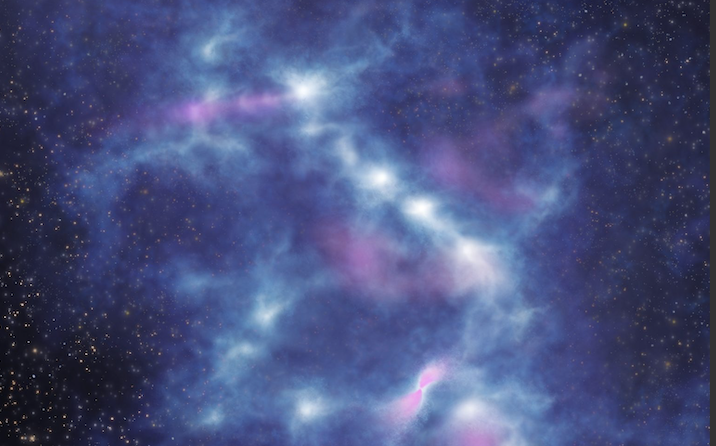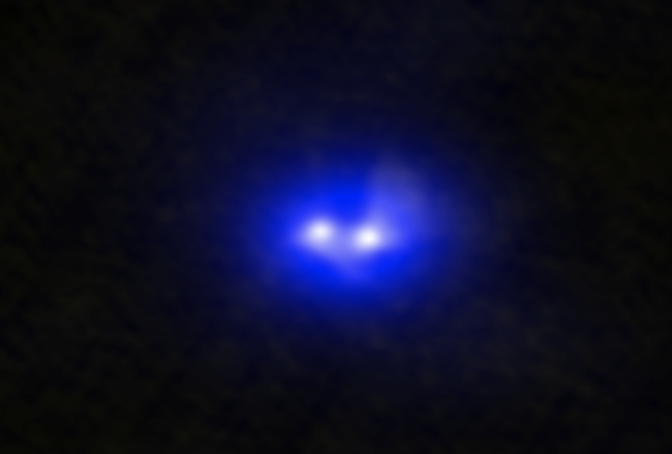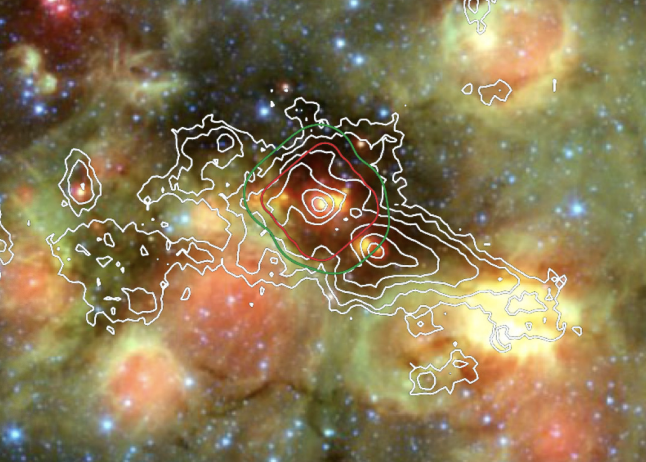
High-mass Star Formation
High-mass stars (mass > 8 M☉) are those that end their life as Supernovae, leaving behind either a neutron star or a black hole. Due to their large mass, they enter the main-sequence while still accreting gas. Their intense UV radiation ionizes the surrounding medium, forming H II regions. High-mass stars form almost exclusively in clusters and have a higher multiplicity compared to their low-mass counterparts. They play a crucial role in enriching with heavy elements and injecting energy into the interestellar medium (ISM). Most stars, as very likely the Sun did, form along with high-mass stars.
Using radio interferometers as the primary tool (ALMA, VLA), the projects described below aim to address the formation of high-mass stars, with major focus on the earliest stages of formation, the role of the magnetic field, the formation of binary systems, the search for accretion disks and infall streamers, chemistry, and the origin of the initial mass function, IMF (among many other topics). I plan to complement radio observations with IR observations from JWST and TAO (The University of Tokyo Atacama Observatory Project).
Research Projects


Magnetic Fields in High-mass Star Formation
(MagMaR)

Binary Formation, Accretion Disks, Infall Streamers
(DIHCA)

Origin of Stellar Masses, Core Mass Function
(ALMA-IMF)

Initial Physical/Chemical Conditions of High-mass Star Formation
(ALMA-UNIC)
-
© Untitled | Design: HTML5 UP